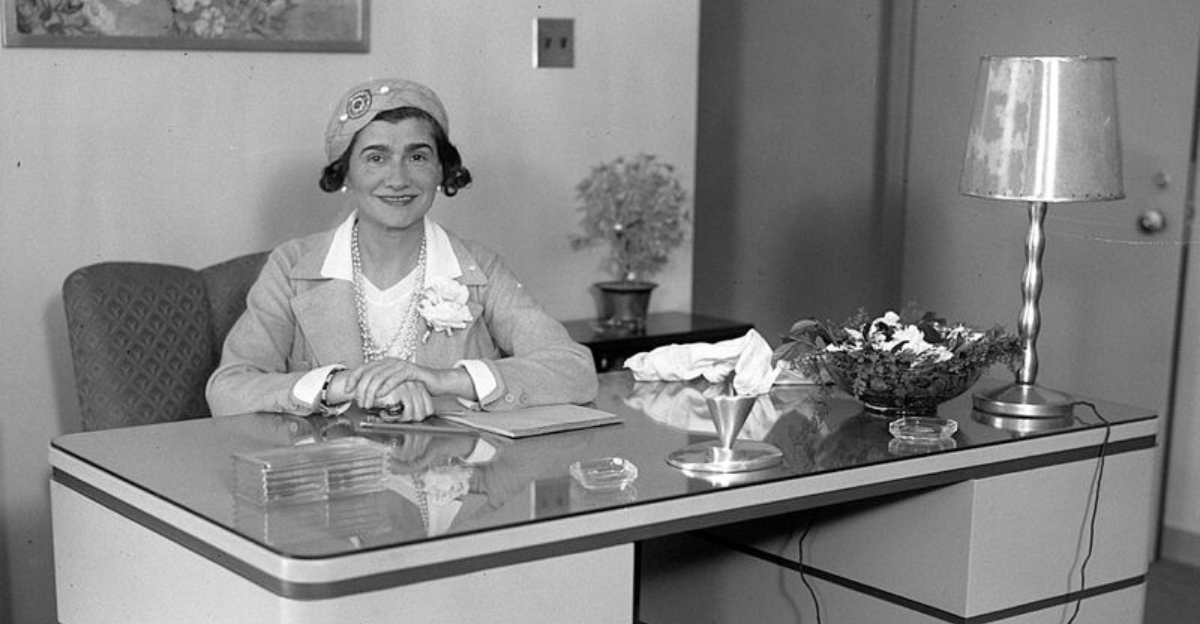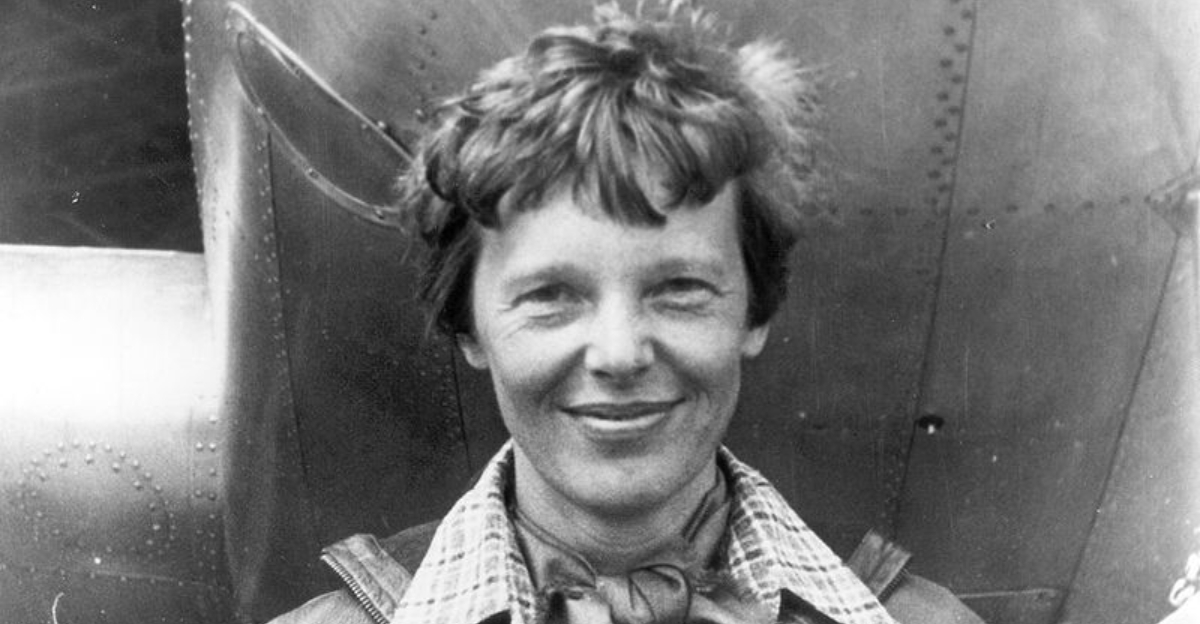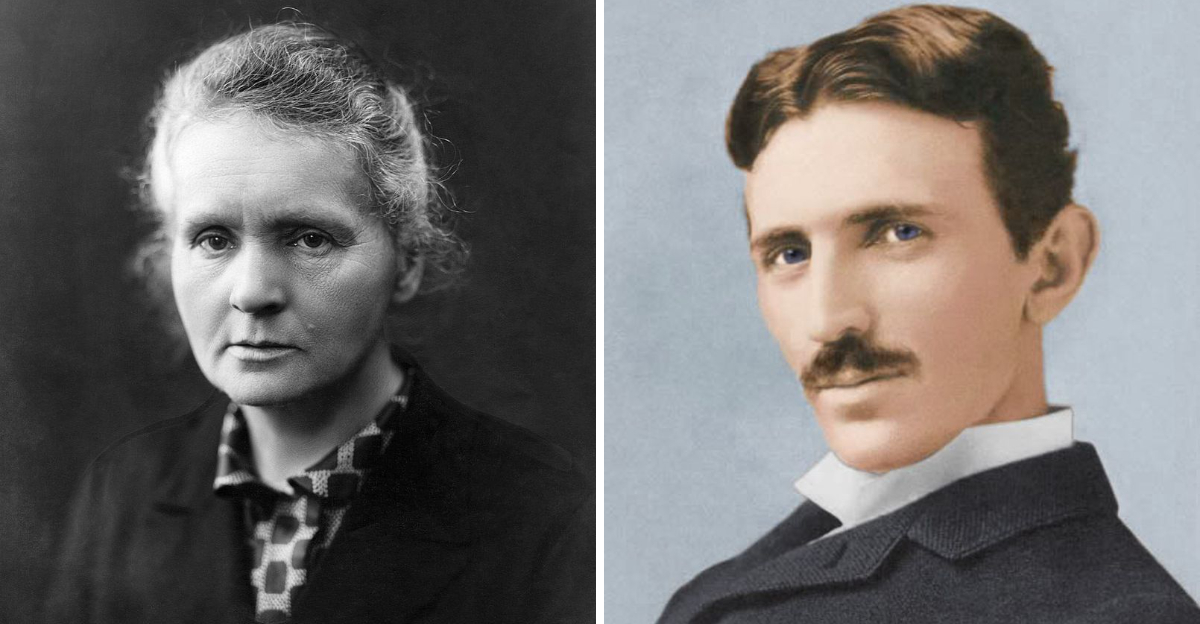15 Times The Wrong Person Took Credit For A Revolutionary Idea
Hero tales fill pages, but brilliance often hides behind someone else’s spotlight.
Inventors and scientists poured heart, sweat, and sleepless nights into discoveries later claimed by louder voices.
The scent of chalk, ink, and frustration lingers in stories of DNA breakthroughs and miracle cures that history nearly misplaced. Genius didn’t fade – it was overlooked. Those quiet minds shaped the world while applause went elsewhere, leaving echoes instead of recognition.
15. Rosalind Franklin
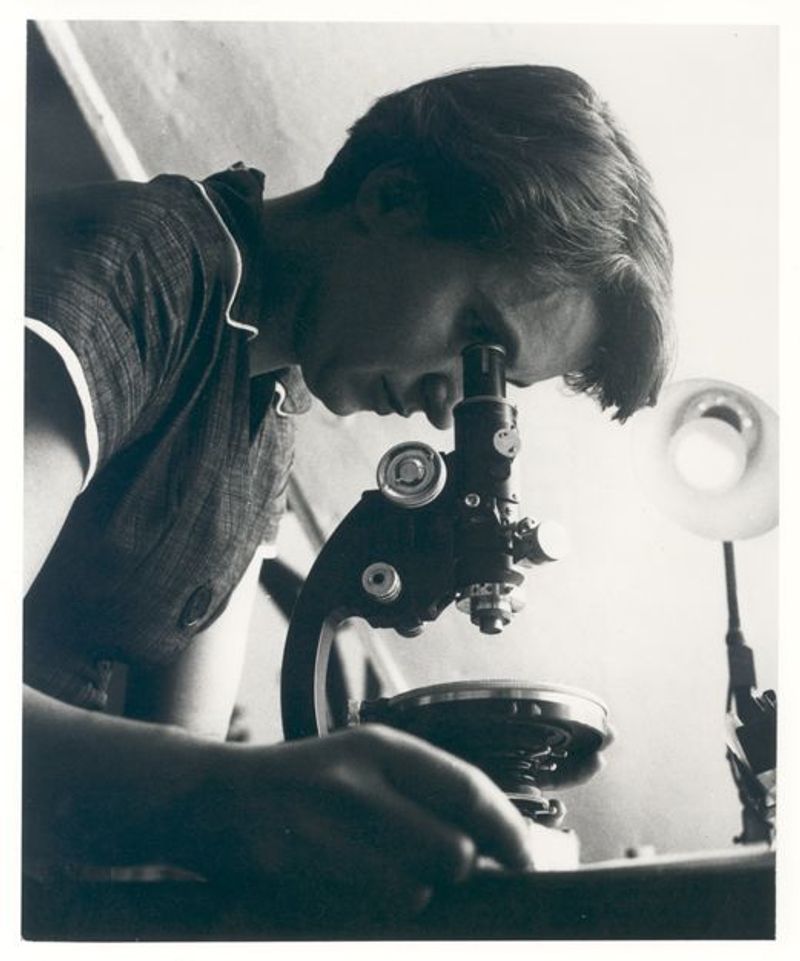
Photo 51 changed everything. That single X-ray image revealed DNA’s double helix structure, but Franklin never got the recognition she deserved during her lifetime.
Watson and Crick built their famous model using her crystallography work without proper acknowledgment. She passed away in 1958, four years before the Nobel Prize was awarded to the men who used her research.
Her meticulous experiments laid the groundwork for modern genetics, yet textbooks barely whispered her name for decades.
14. Arthur Eichengrün
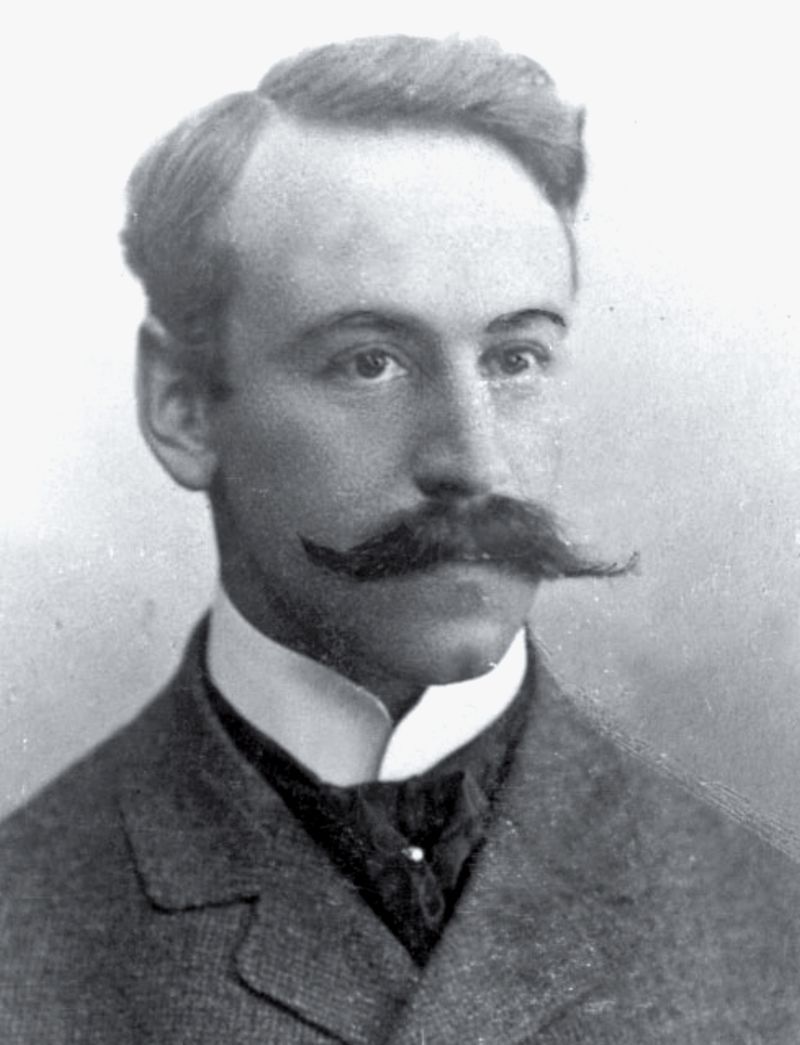
Aspirin sits in medicine cabinets worldwide, but who actually invented it? Eichengrün developed the stable, usable form of acetylsalicylic acid at Bayer in 1897.
However, Felix Hoffmann got all the glory, possibly because Eichengrün was Jewish and Nazi Germany wanted to erase his contributions. For decades, history books credited Hoffmann exclusively.
Only recently have historians begun acknowledging Eichengrün’s pivotal role in creating one of humanity’s most important medications.
13. Isaac Thuret
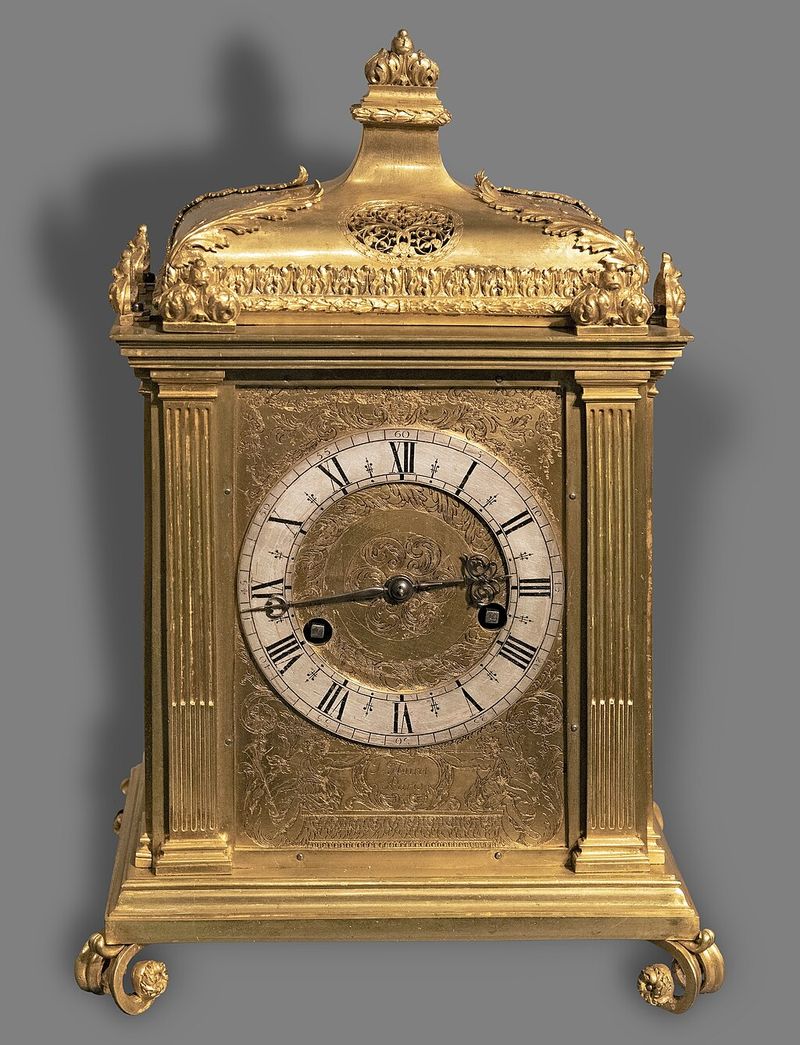
Tick-tock goes the pendulum clock, but who really perfected it? While Christiaan Huygens gets massive credit for inventing the pendulum clock, Thuret actually built and refined the mechanisms.
As Huygens’ master clockmaker in Paris, Thuret transformed theoretical designs into working timepieces. His craftsmanship made precision timekeeping possible for navigation and astronomy.
Unfortunately, the scientist’s name overshadowed the artisan’s hands that brought the invention to life.
12. Domenico Pacini
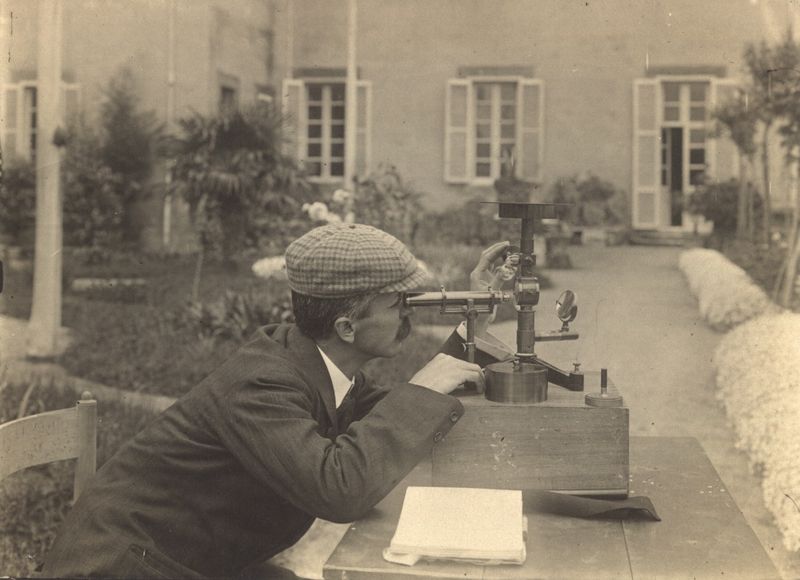
Cosmic rays bombard Earth constantly, but who discovered them first? Pacini conducted brilliant experiments in 1910, measuring radiation at sea level and underwater off the Italian coast.
His findings proved radiation came from beyond Earth’s atmosphere. Yet Victor Hess won the Nobel Prize in 1936 for essentially the same discovery made two years later.
Pacini’s earlier work got buried under Hess’s fame, despite being published in respected journals first.
11. Hans Lippershey
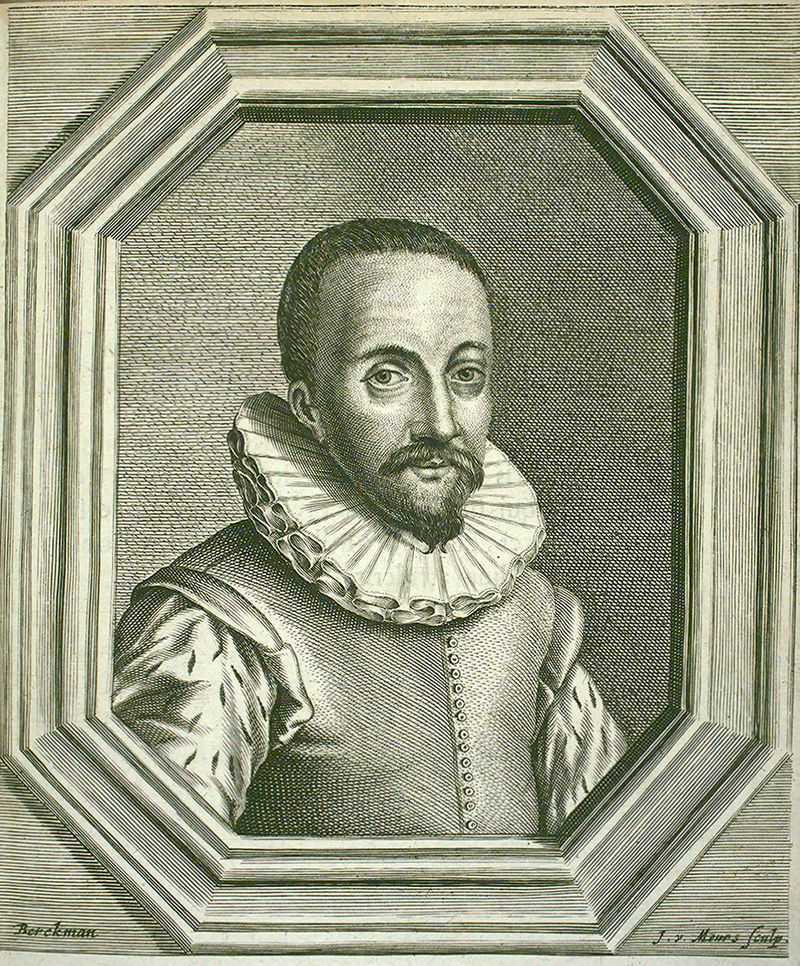
Gazing at stars became possible thanks to the telescope, but Lippershey rarely gets mentioned. This Dutch eyeglass maker filed the first patent application for a telescope in 1608.
Galileo often steals the spotlight because he improved the design and made astronomical discoveries. But Lippershey assembled the first working model that brought distant objects closer.
Sometimes the inventor gets forgotten when someone famous finds a cooler use for their creation.
10. Joseph W. Swan
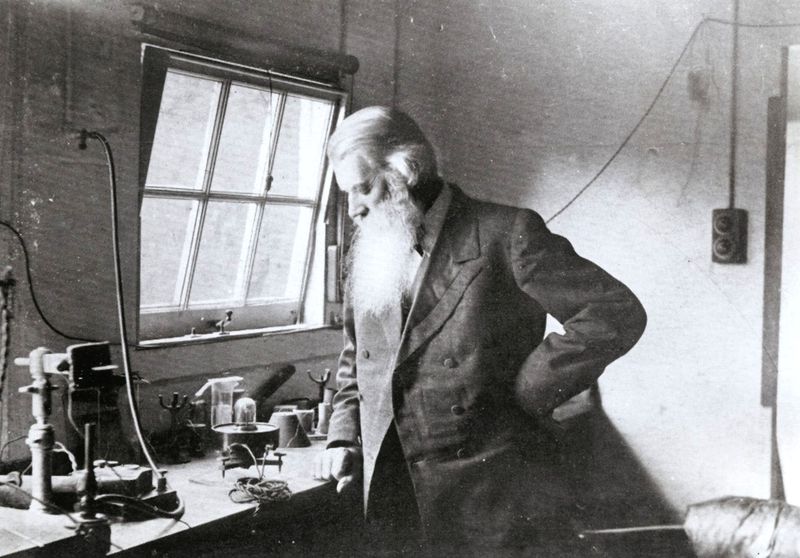
Light bulbs illuminate our world, and everyone credits Edison. However, Swan demonstrated a working incandescent bulb in England before Edison’s American version.
Swan received a British patent in 1878 and lit entire buildings while Edison was still experimenting. Eventually, they even formed a joint company together in Britain.
Despite this partnership, Edison’s name became synonymous with the light bulb while Swan faded into obscurity outside England.
9. Elisha Gray
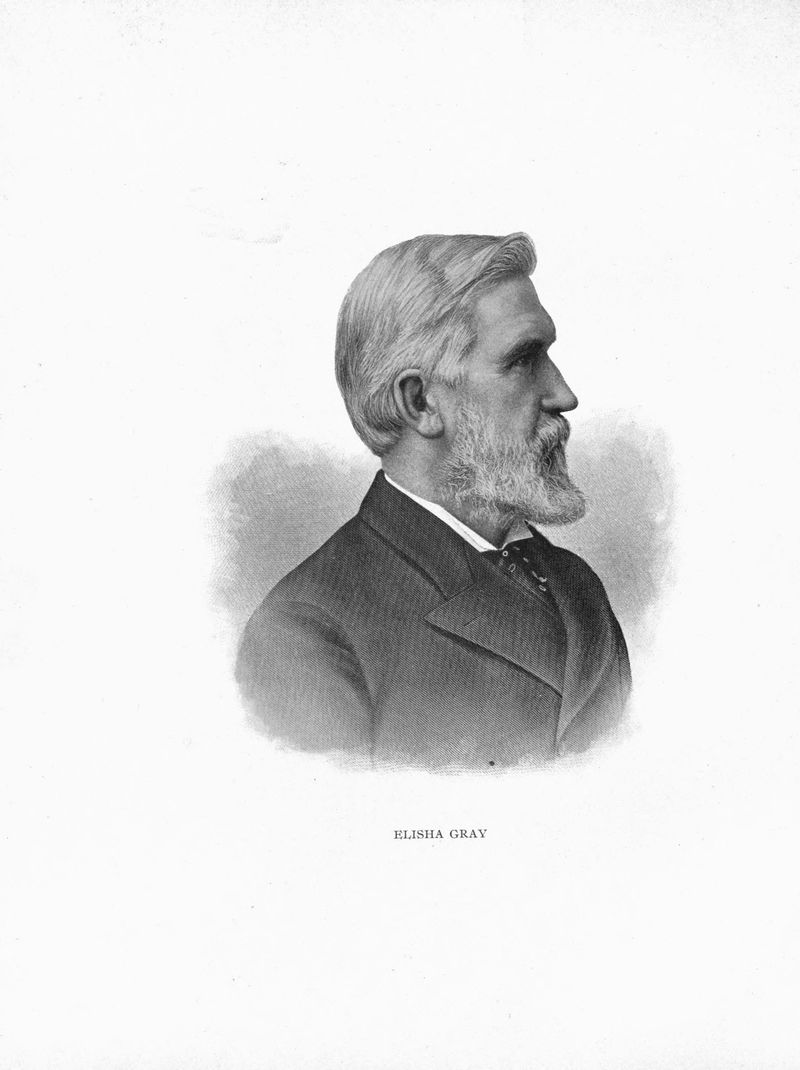
Ring, ring! Who invented the telephone? Gray filed a patent caveat for a telephone design on February 14, 1876, the same day as Alexander Graham Bell.
Bell’s application arrived just hours earlier, securing him the patent and eternal fame. Gray’s design was arguably more advanced, using a liquid transmitter that worked better.
A few hours changed history, leaving Gray as the answer to a trivia question instead of a household name.
8. Nettie Maria Stevens
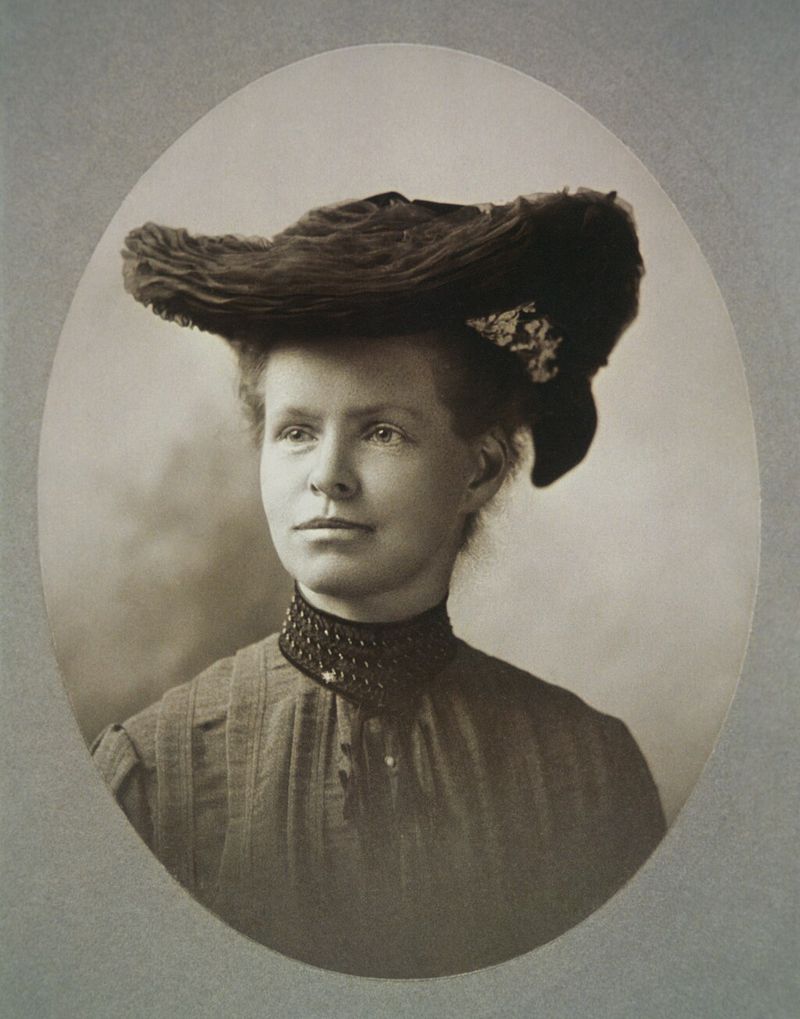
What determines whether a baby is a boy or girl? Stevens discovered sex chromosomes in 1905, identifying the X and Y chromosomes through meticulous research on mealworms.
Her mentor Edmund Wilson published similar findings simultaneously and received far more recognition. Being a woman in early 20th-century science meant fighting for every bit of acknowledgment.
Stevens died young at 50, never seeing her groundbreaking genetics work fully celebrated during her lifetime.
7. Jocelyn Bell Burnell
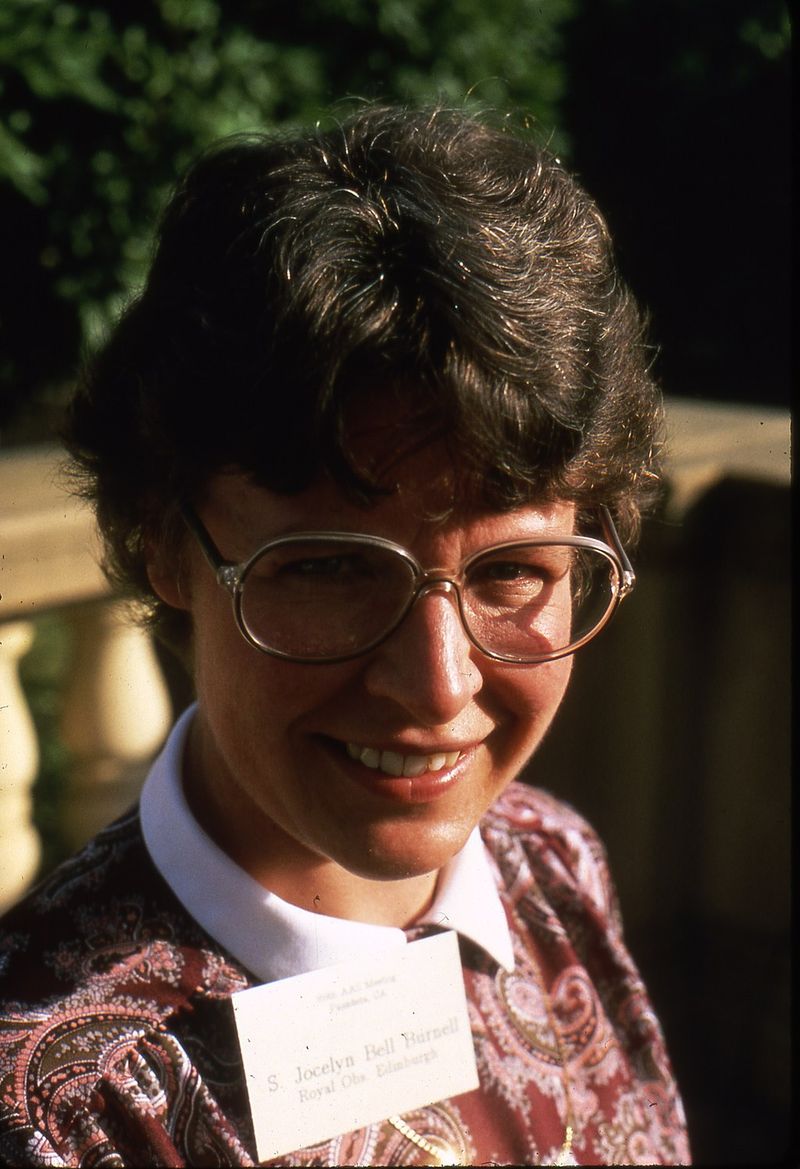
Pulsars are some of the universe’s coolest objects, spinning neutron stars that beam radiation like cosmic lighthouses. Bell Burnell discovered the first pulsar in 1967 as a graduate student.
Her thesis advisor Antony Hewish won the Nobel Prize in 1974 for the discovery, while she got nothing. The scientific community was outraged, but the decision stood.
She handled it with grace, later becoming a champion for recognizing young scientists’ contributions.
6. Alice Ball
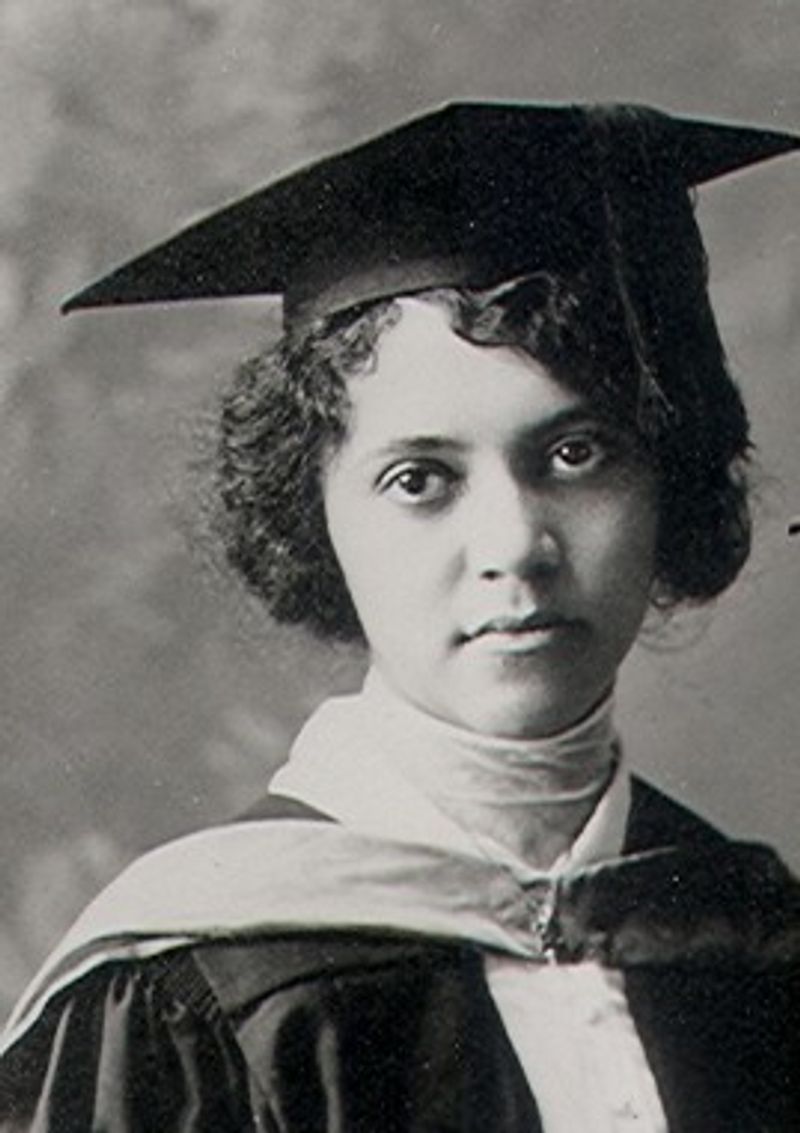
Leprosy devastated lives until Ball developed an injectable treatment at just 23 years old. Her technique made chaulmoogra oil actually absorbable by the human body.
After her tragic death in 1916, Arthur Dean took over her research, published it without crediting her, and even named it after himself. For decades, the Dean Method helped thousands without mentioning Ball.
Hawaii finally honored her in 2000 with Alice Ball Day.
5. Thomas A. Edison
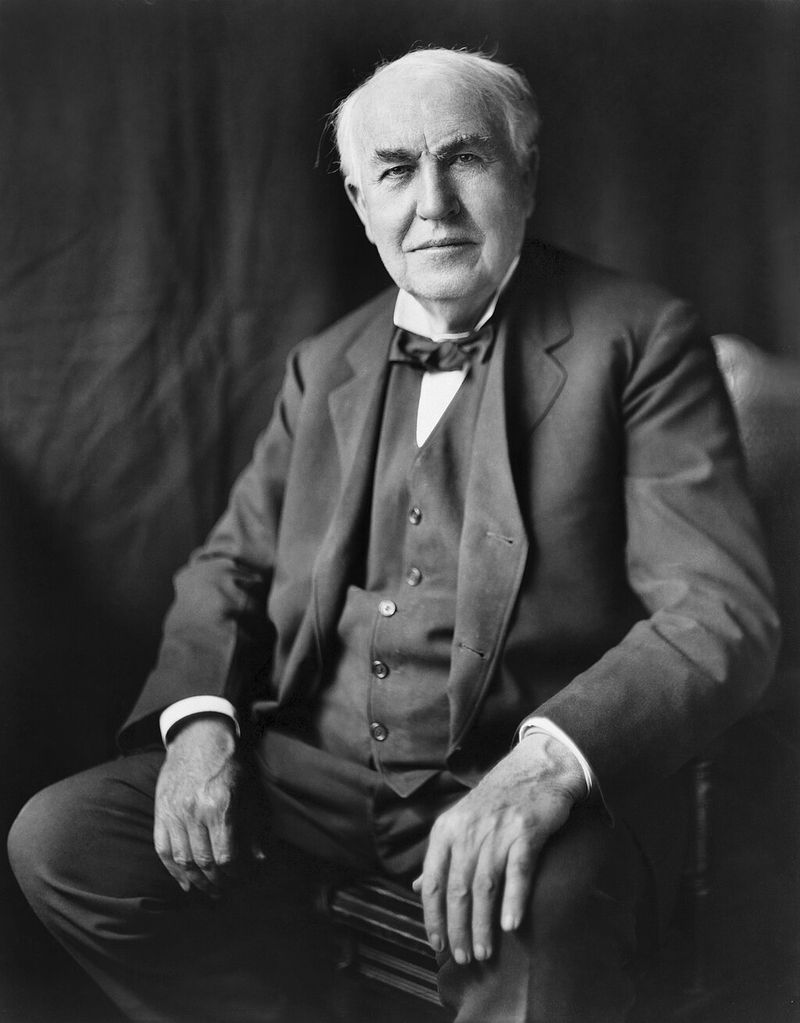
Wait, Edison on a list of people who stole credit? Absolutely! While brilliant, Edison built his empire partly on others’ work.
He employed dozens of inventors and researchers, often taking sole credit for their innovations. Nikola Tesla, his former employee, famously clashed with him over alternating current and unpaid wages.
Edison’s legacy includes genuine genius mixed with aggressive self-promotion and questionable attribution of his lab’s collective achievements.
4. Edwin H. Armstrong
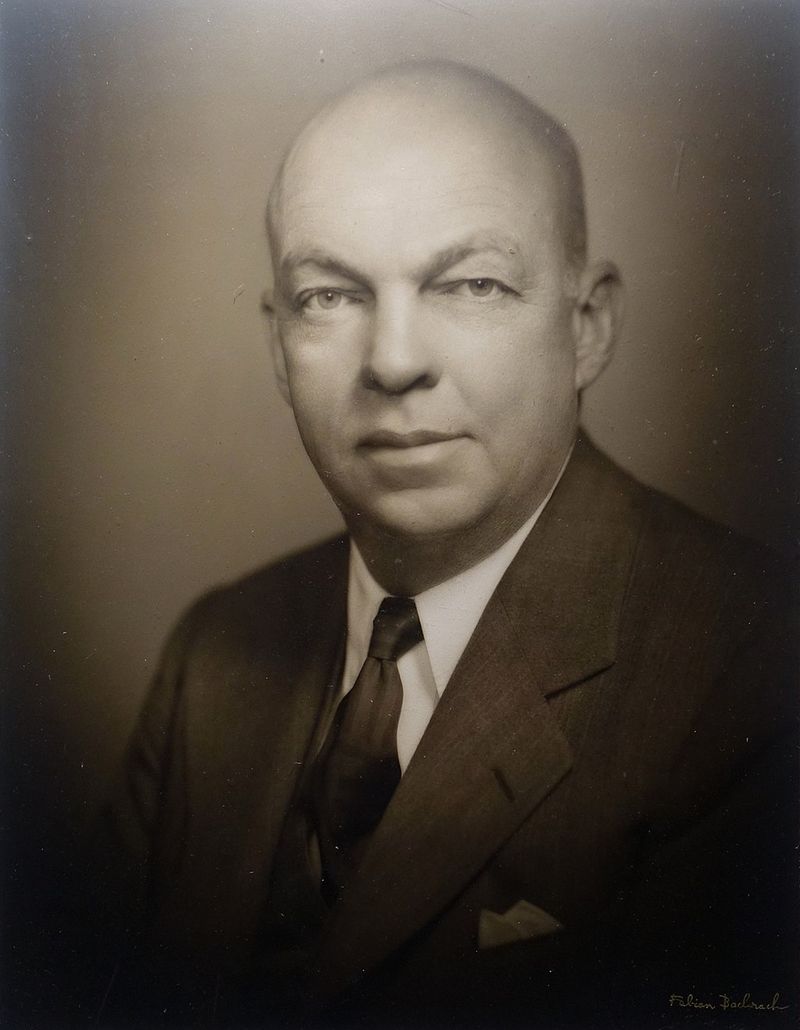
FM radio delivers crystal-clear sound thanks to Armstrong’s frequency modulation invention in 1933. He revolutionized broadcasting, yet spent decades fighting for recognition.
Lee de Forest and RCA challenged his patents relentlessly, draining Armstrong financially and emotionally. The legal battles over who invented what aspects of radio technology consumed his later life.
Tragically, Armstrong took his own life in 1954, exhausted from fighting corporations that profited from his work.
3. Lee de Forest
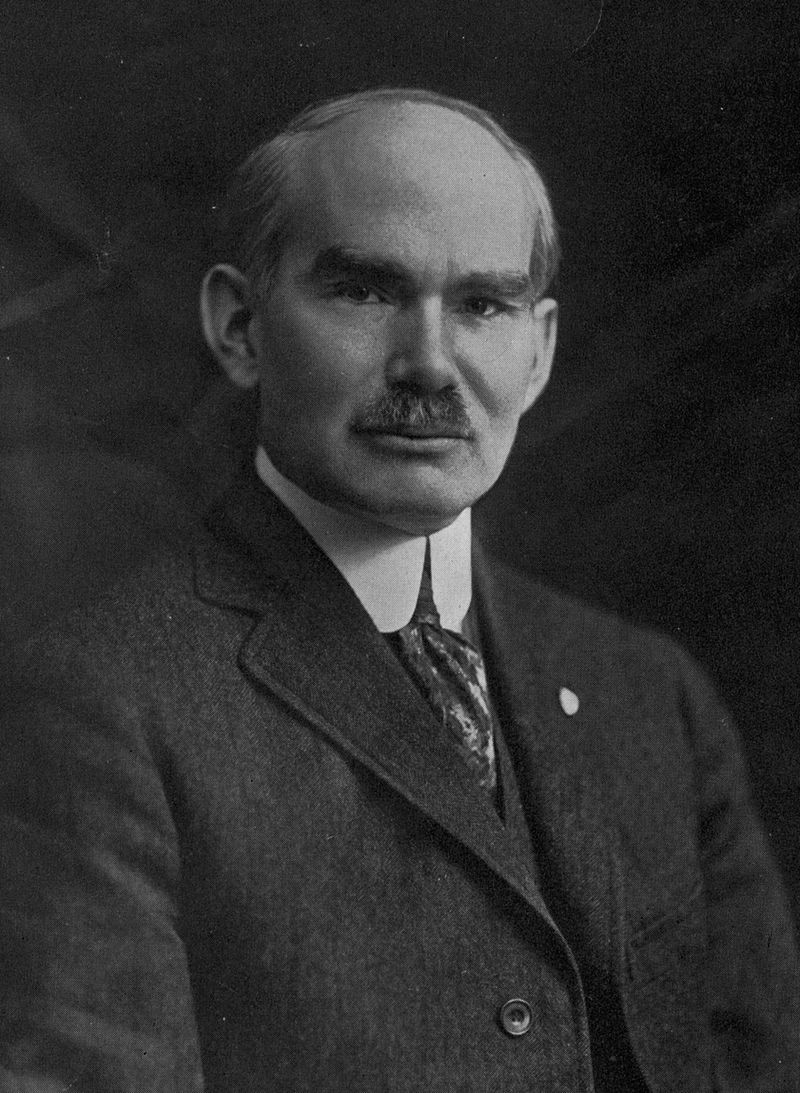
Speaking of radio disputes, de Forest claimed numerous radio and vacuum tube innovations as his own. His Audion tube was crucial for early electronics and broadcasting.
However, Armstrong and others argued that de Forest didn’t fully understand how his own device worked, and that improvements came from other engineers. Patent battles raged for years.
De Forest won some legal fights but remains controversial for possibly overstating his contributions to radio technology.
2. Alexander Graham Bell
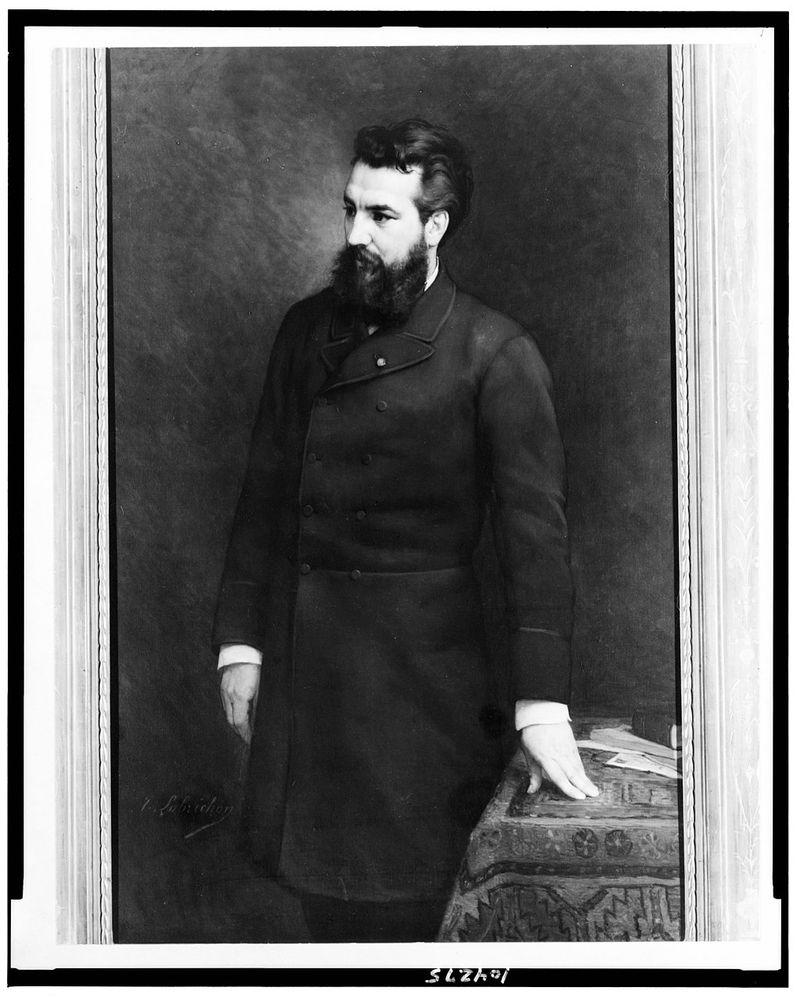
Bell’s telephone fame rests partly on incredibly fortunate timing. That crucial few hours before Elisha Gray’s patent filing made all the difference in history.
Additionally, some historians suggest Bell may have seen details of Gray’s design before finalizing his own patent. The truth remains debated, shrouded in 19th-century patent office procedures.
Regardless, Bell became synonymous with the telephone while Gray remained largely forgotten, despite comparable contributions.
1. The Matilda Effect
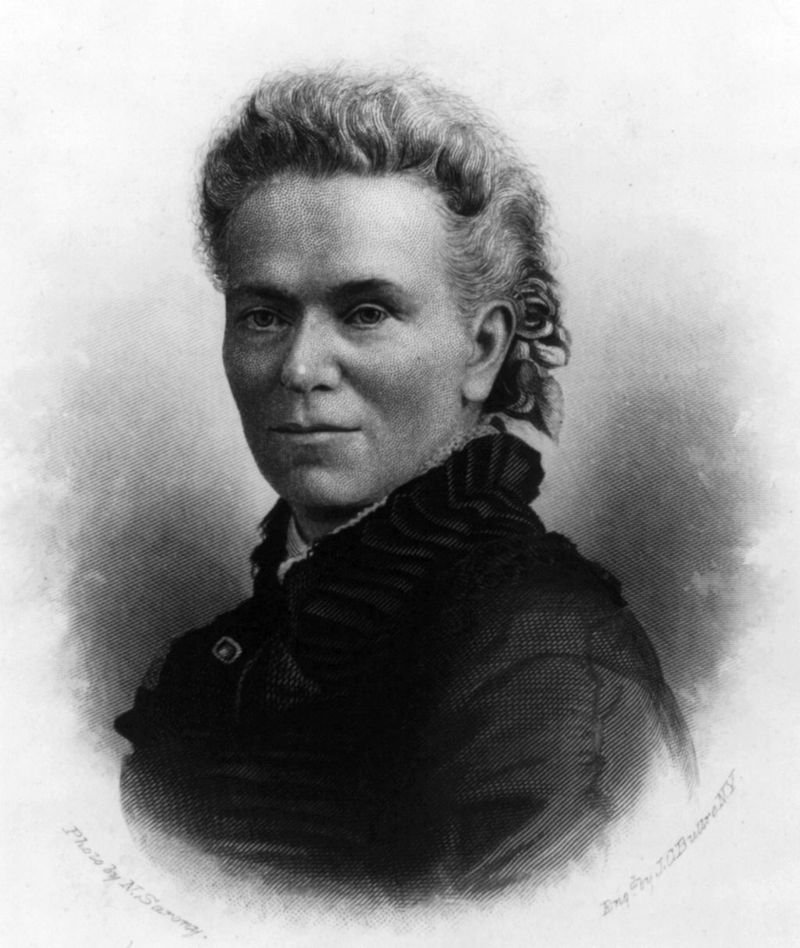
This phenomenon even has a name now! The Matilda Effect describes how women scientists systematically get denied credit for their discoveries.
Named after suffragist Matilda Joslyn Gage, who wrote about this problem in 1870, it explains the pattern seen throughout this entire list. From Franklin to Ball to Stevens, women’s contributions disappeared into men’s legacies.
Recognizing this bias helps us correct history and celebrate overlooked geniuses properly.


